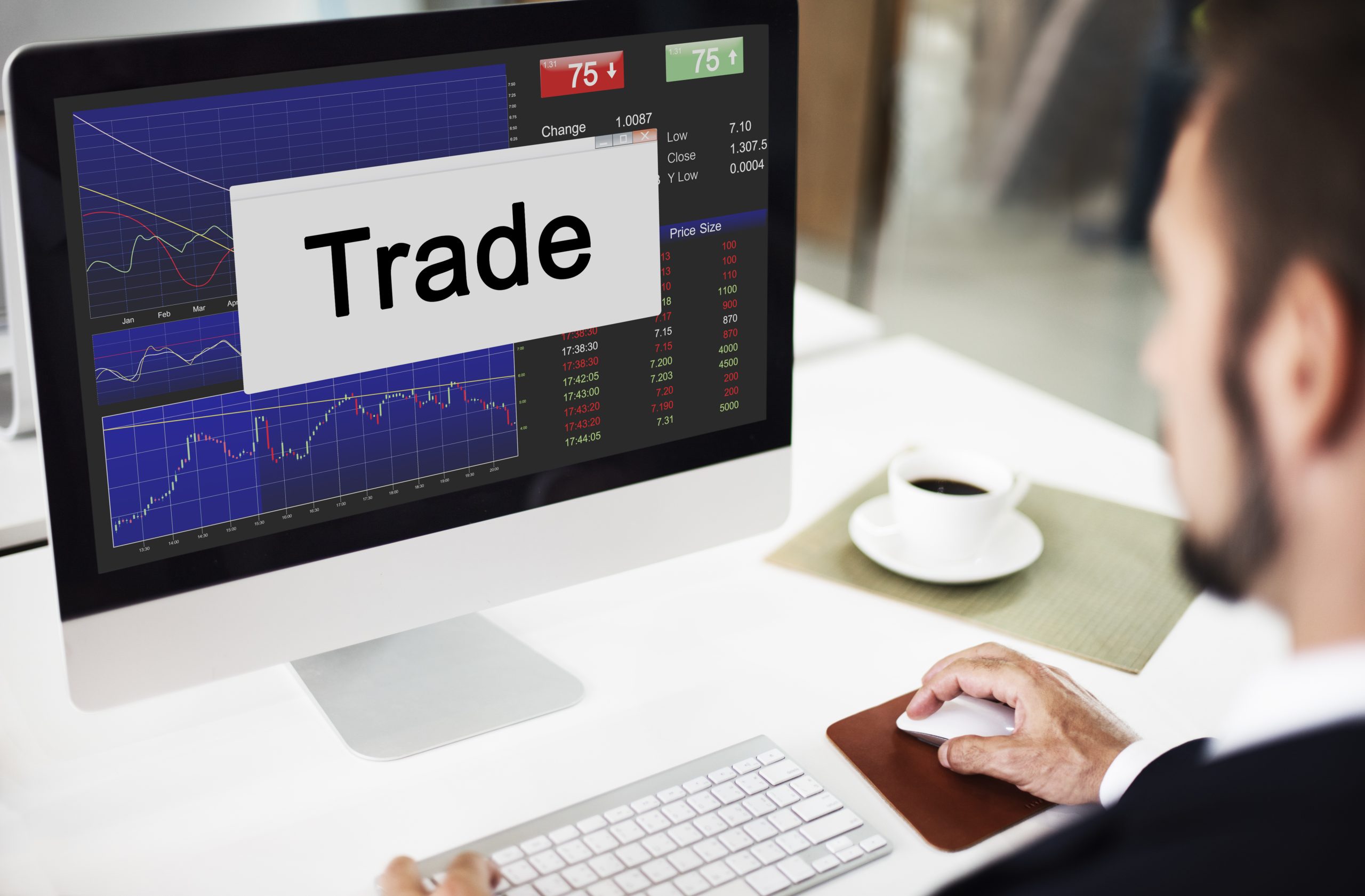TRADING
ACCOUNT TYPES
S
elect the terms that are most suited to your unique trading requirements. ONARCAPITAL provides several account types. We are offering a variety of trading types that are tailored according to your needs!
All of our account types offer competitive spreads, professional market analysis, and free educational resources.
With us, you can trade more than 100+ different financial instruments.
Depending on your account type, terms like spreads and fees differ.
Are you searching for another thing? Then, reach out to us so we may jointly identify your ideal trading conditions! Please click here if you’re seeking professional client status.
CHOOSING YOUR TRADING ACCOUNT
The most valid trading account for you will rely on several criteria. The first thing to determine is whether are suitable for you. It’s important to consider your investment goals and risk tolerance. For example, do you feel more at ease using regular spreads for modest investments? Do you prefer trading in higher volumes with tighter spreads?


TRADING CONDITIONS
I
f you don’t understand the rules of engagement, it will be difficult for you to trade Financial Services profitably. In other words, before you begin, you must be aware of the trading terms. What you may and cannot do and how you conduct trades are governed by these rules.
You can be in danger if you don’t know what trade terms to search for. This manual will walk you through every aspect of trading conditions so you can choose the best ones.
85%
Successful
What Are The Trading Conditions?
Trading conditions are the main rules dictating how financial instruments are purchased and sold on a trading platform. They speak about the terms under which Financial Services Provider platforms provide trading services. That includes all possible costs for particular services (such as holding a trade overnight), the types of “leverage” they provide, dividend distribution schedules, and more.
Leverage, for instance, enables a trader to place trades using funds borrowed from a Financial Services Provider. The trader invests a modest quantity of money, and this money is leveraged up (i.e., multiplied). As a result, the trader can place orders much larger than the initial capital commitment. The Financial Services Provider lends them the remaining funds.
Here, the amount of leverage offered varies between Financial Services Provider and is a vital trading condition to be aware of. In addition, other restrictions, such as spreads or SWAP fees, control the manner you can trade. They all function as the boundaries within which you can buy and sell stocks, foreign exchange, and other financial instruments.
These differ amongst Financial Services Provider. To ensure the trading conditions are appropriate for your purposes, you must know them before you begin buying and selling.

TRADING INSTRUMENTS
Start Trading FS With ONARCAPITAL!
T
rade the most well-liked Financial Services indices with spreads starting at zero.
The global trading and buying of currencies on the decentralized global market is known as Financial Services, commonly referred to as foreign

TRADING LEVERAGE
What Is Trading Leverage?
T
rading using leverage is a potent tool. Using it, investors can extend their exposure to preferred markets, grow their capital exponentially, and maximize rewards on even tiny price swings. However, it is essential to remember that leverage can be used for good or bad. When asset prices move in your favor, you stand to make amplified profits, but you also experience amplified losses when prices move against you. Leveraged trading allows you to hold a significantly larger trade position in the market for a minimal initial investment. The negligible sum is known as the “margin.” The regulatory requirements a Financial Services Provider must meet in any or all jurisdictions where it is permitted to provide trading services determine how much leverage the Financial Services Provider offers.
With leveraged trading, the trader must put up a small portion of the total stake. That can vary depending on the amount of leverage the Financial Services Provider offers and the amount of leverage the trader wants to use. It also strongly depends on the regulatory bodies regulating the business in that region.
Additionally, traders utilize leverage based on their level of expertise, investment objectives, risk tolerance, and the underlying market they are trading. Unlike inexperienced and less experienced traders, who are typically encouraged to utilize leverage with caution, they prefer to employ it more aggressively. Additionally, prudent traders often use the least amount of leverage available, but aggressive risk-takers can employ leverage in various ways.
The level of leverage that traders might employ can also depend on the market traded. For example, less volatile assets that do not see significant price changes, such as the EURUSD pair, can be traded with more significant degrees of leverage than more volatile markets, such as and.
The leverage ratio depicts the position value in relation to the required investment amount. At ONARCAPITAL, traders can leverage up to 400:1. However, this differs according to your jurisdiction and the asset class in which you are dealing.
Think about it: with a 400:1 leverage, you could manage a $100,000 trade position on the market with just $250! That would imply that a 1% increase in market price would yield a $1,000 profit (1% of $100,000). However, without using leverage, a 1% increase in price would generate a profit of only $2.5 (1% of $250). That implies that the earnings or losses from your trading positions are multiplied by 400. Because of this, it is frequently said that leverage has two sides. Leveraged trading increases profits while also increasing the potential for catastrophic losses.
High leverage trading makes it very simple to lose more money than you first invested. However, AvaTrade provides guaranteed negative balance protection, which ensures that you will never lose more money than is already in your trading account balance. Additionally, before investing real money, you can experiment on a free platform and utilize it to predict the potential outcomes of a transaction before making it.
